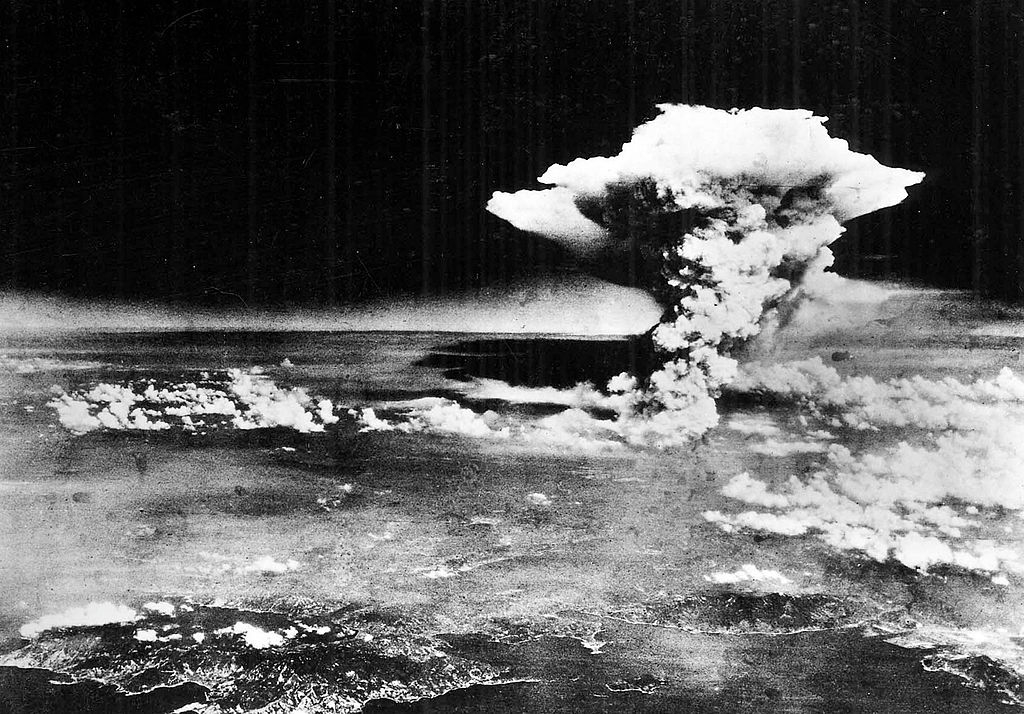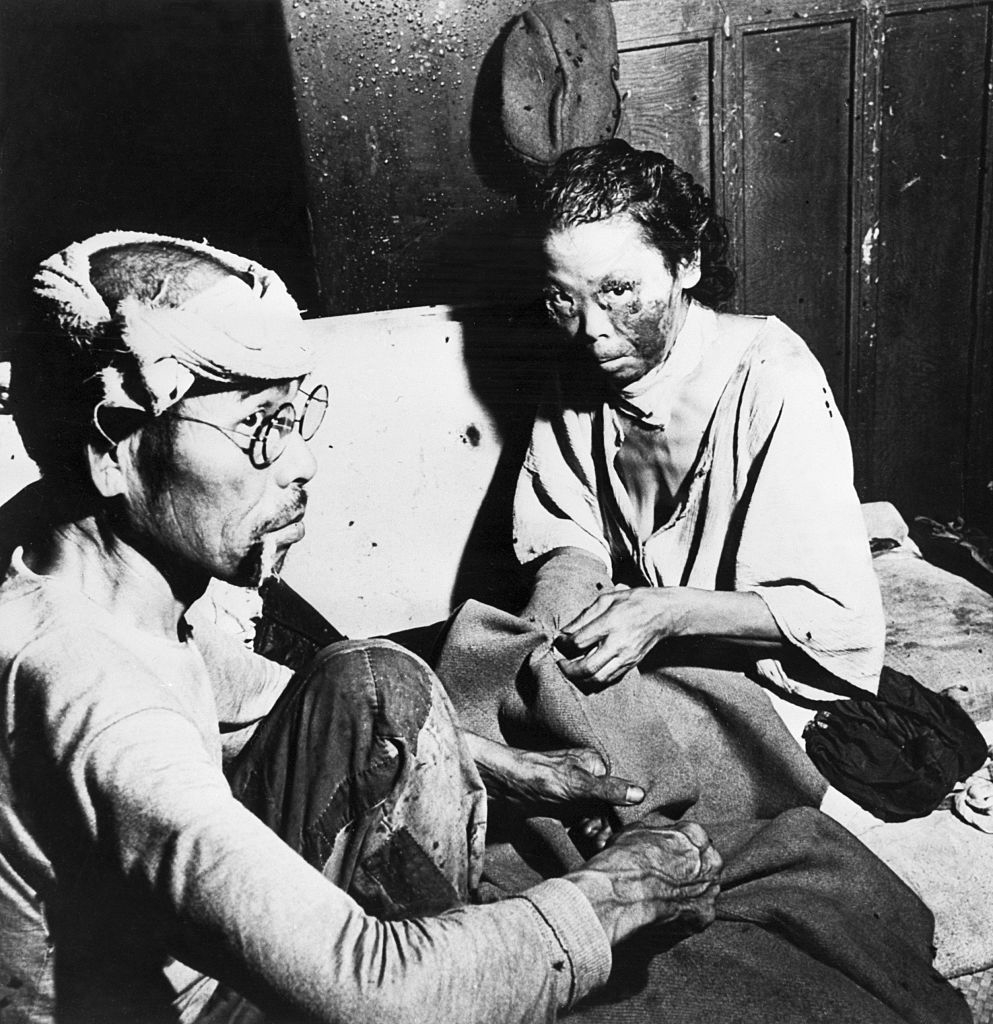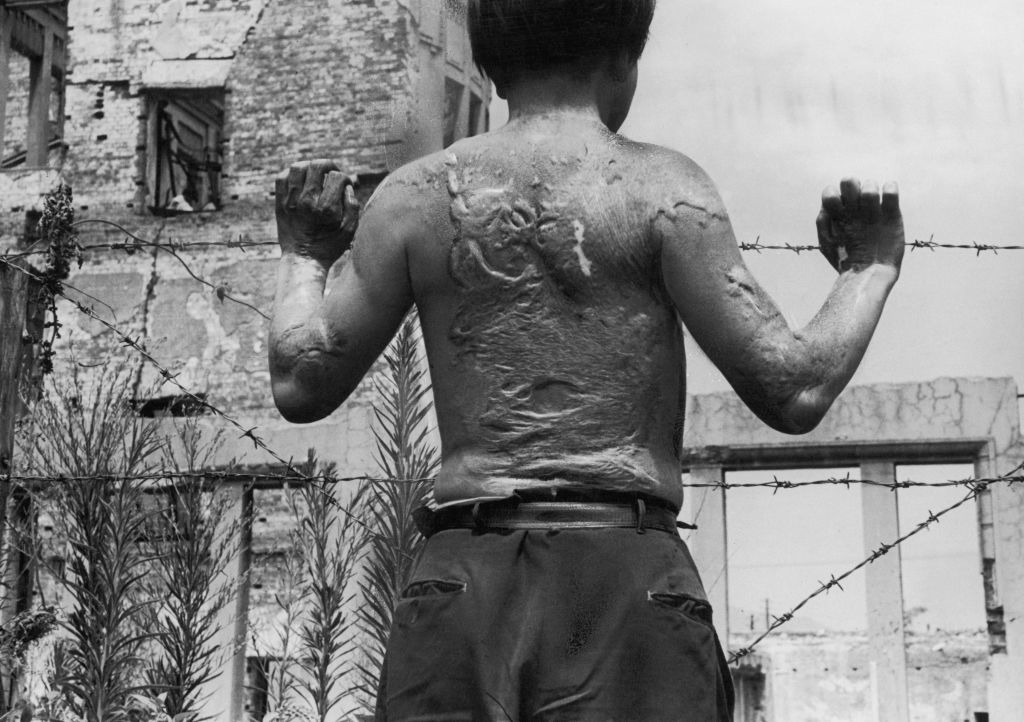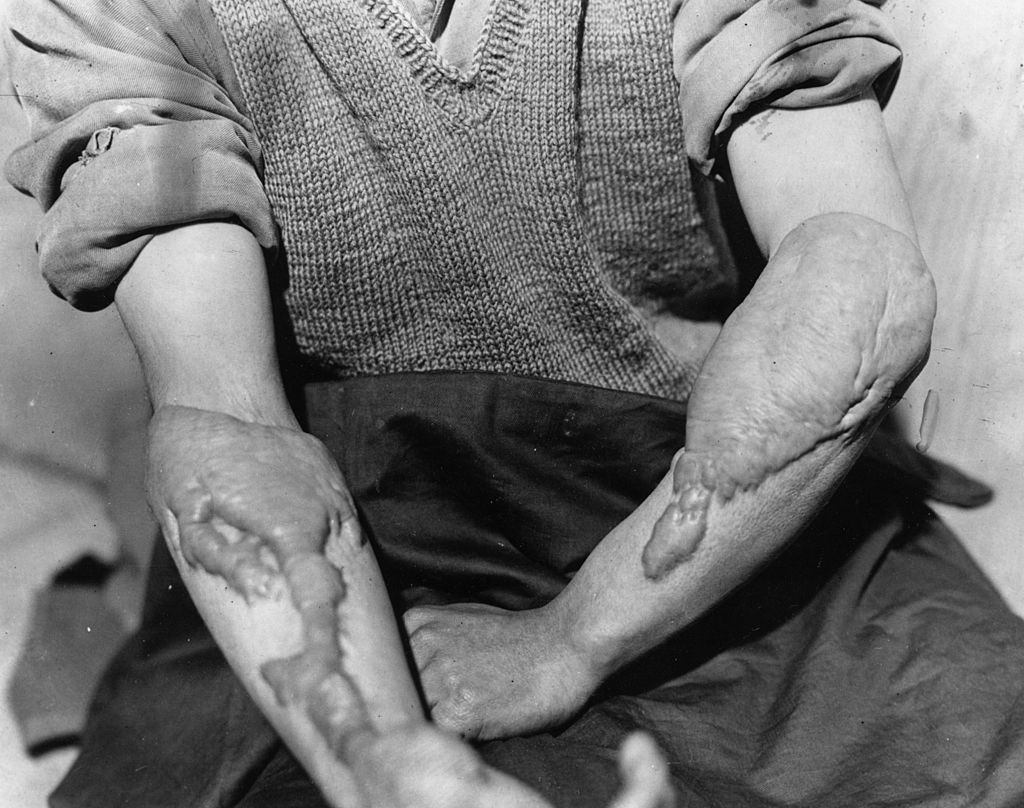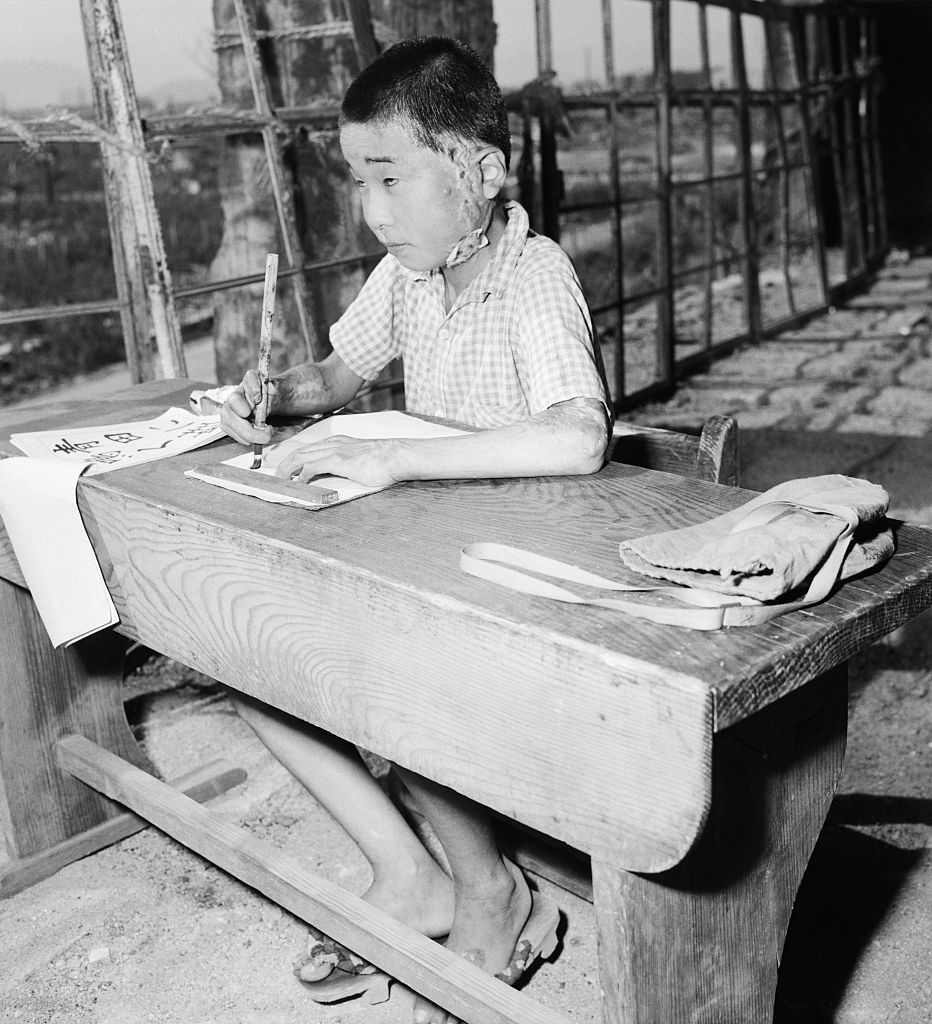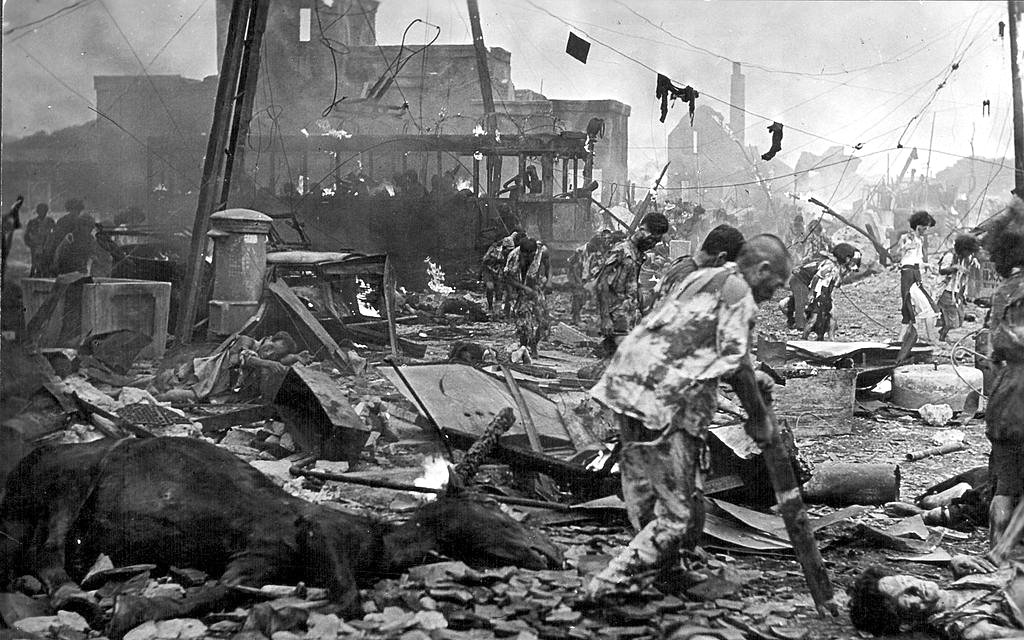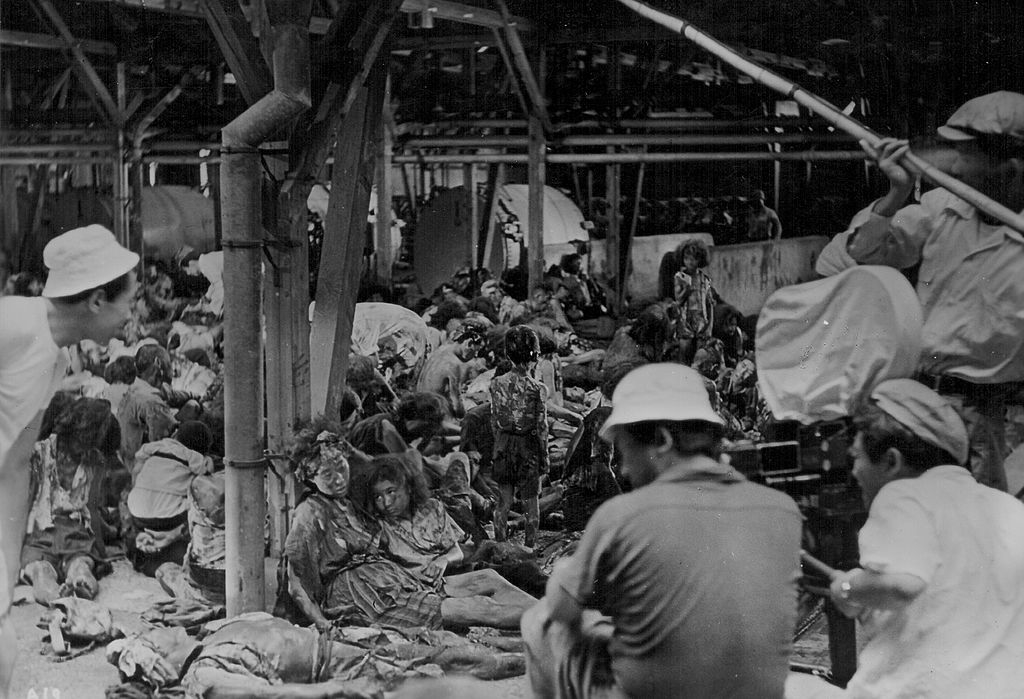Oppenheimer chronicles the life of J. Robert Oppenheimer, a theoretical physicist who was also the director of the Los Alamos Laboratory. The lab designed and built the world's first atomic bombs as part of the Manhattan Project, a top-secret program created by the US government during World War II.

And here are some truly upsetting facts about J. Robert Oppenheimer, the atomic bomb, and the Manhattan Project.
Warning: upsetting and graphic content ahead.
2. And it is estimated that another 74,000 people died in the bombing of Nagasaki three days later on Aug. 9, from the second atomic bomb.
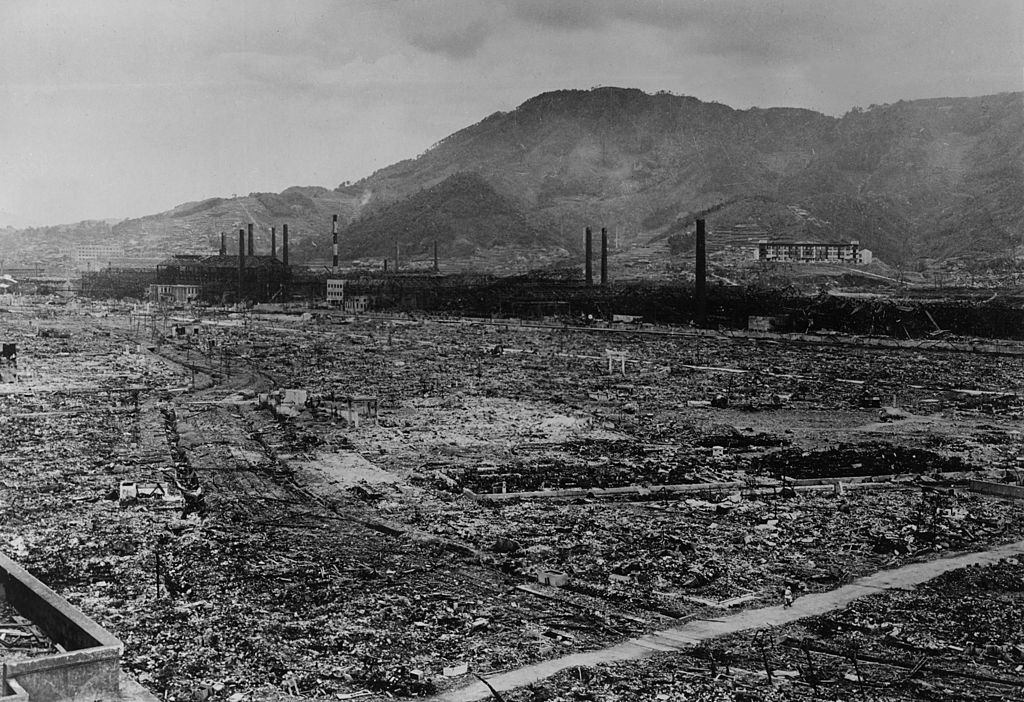
3. Roughly half of the people who died were killed instantly, many of them literally "vaporized" from the thermal heat.
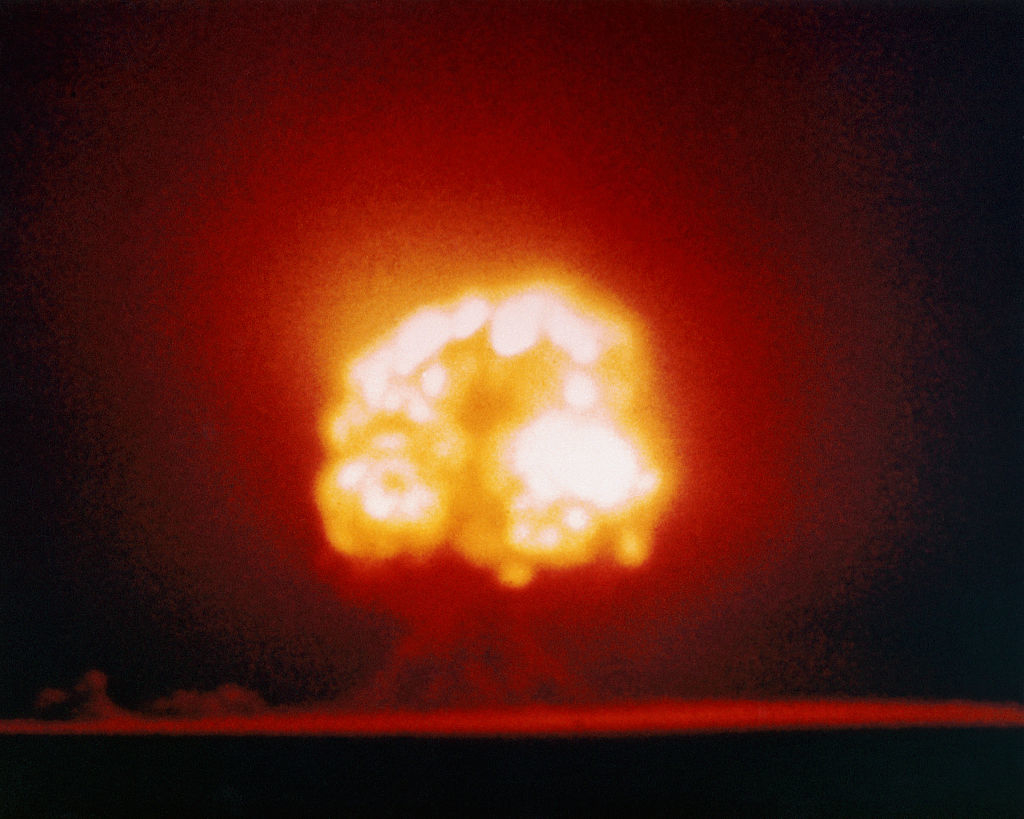
4. Survivors described the blinding light before the explosion of the bombs with the term pika-don, which translates to “flash-bang” or “flash-boom.”
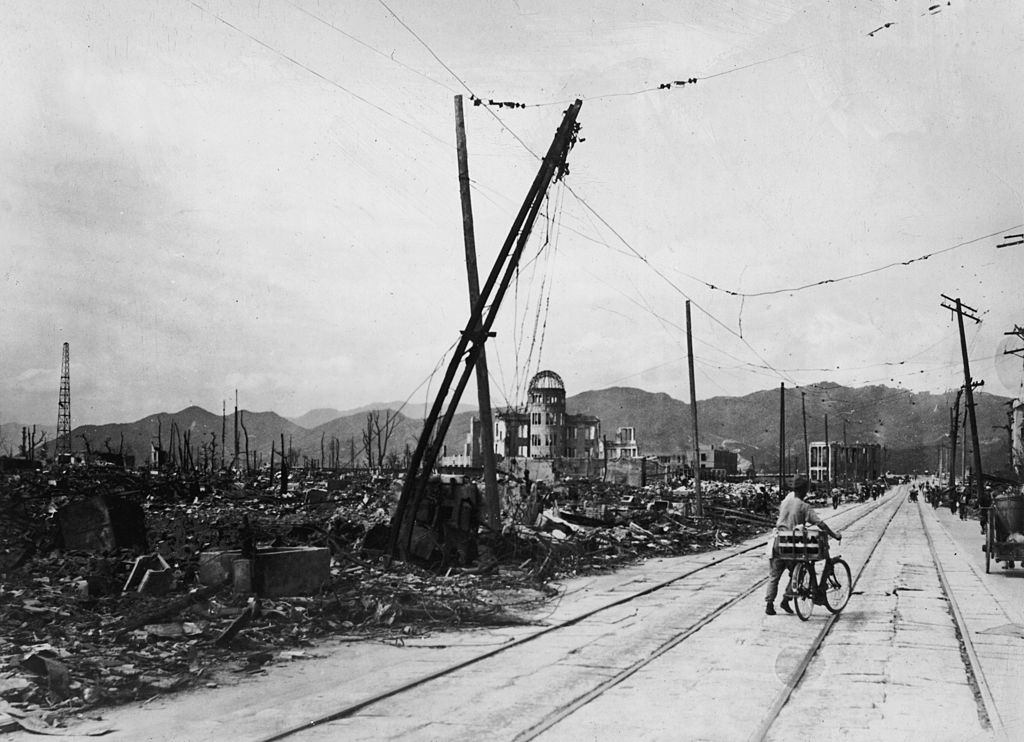
11. According to Newsweek, the lack of medical personnel to help "meant it was nearly impossible for the scores of injured to access aid, and most died without any care to ease their suffering from severe burns and radiation poisoning."

12. Outside of human life, over 60,000 buildings in Hiroshima (which was roughly 2/3 of the buildings in the city) were destroyed or severely damaged.
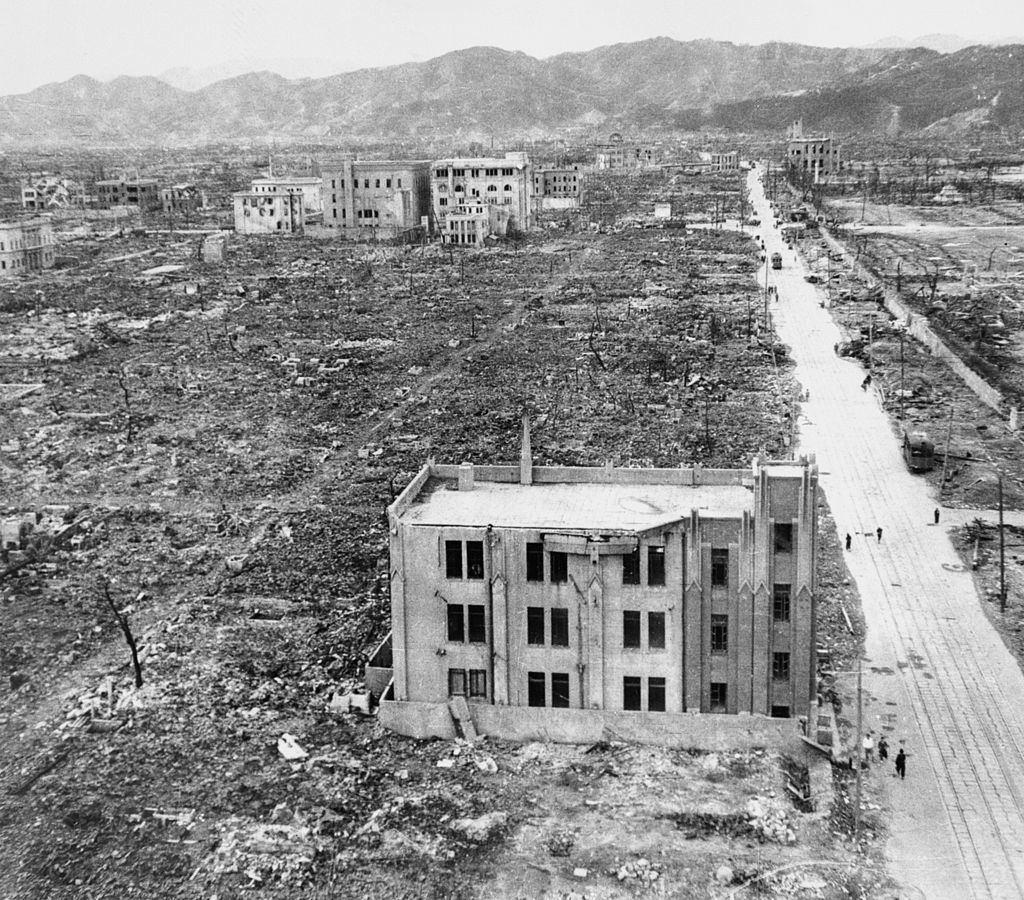
13. The fire damage in both cities was noted as "tremendous." And, to make things worse, firefighting and rescue units were "stripped of men and equipment."
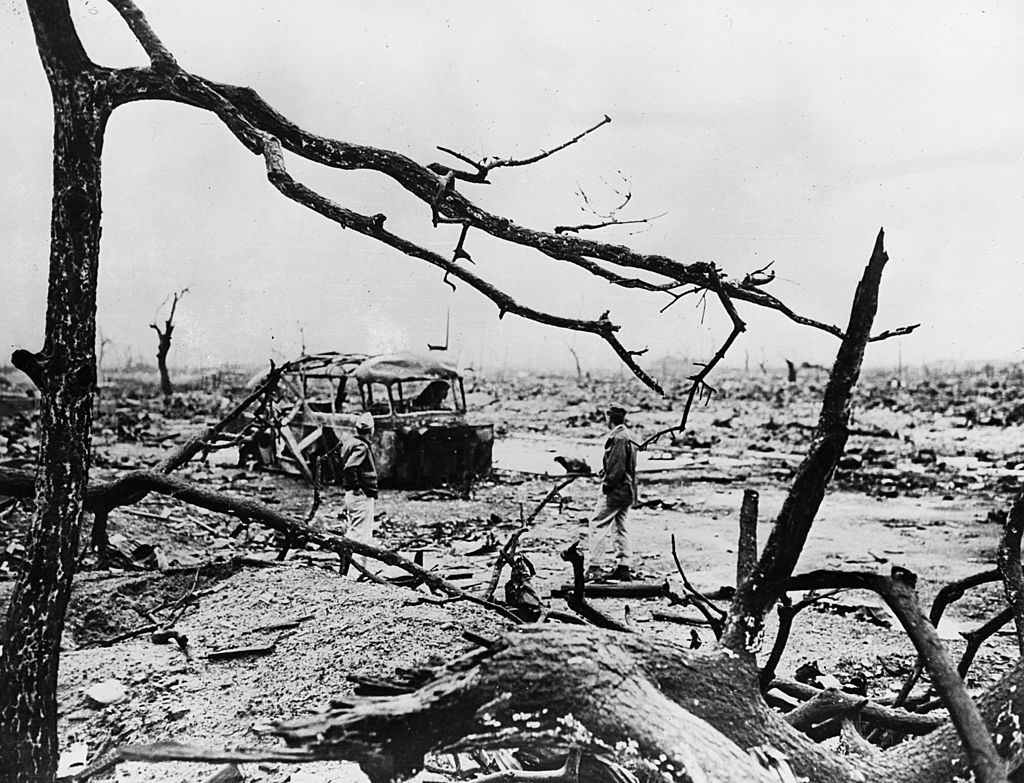
14. In the aftermath in Nagasaki, people had to create bonfires in order to cremate their family members because "the bodies had putrefied."
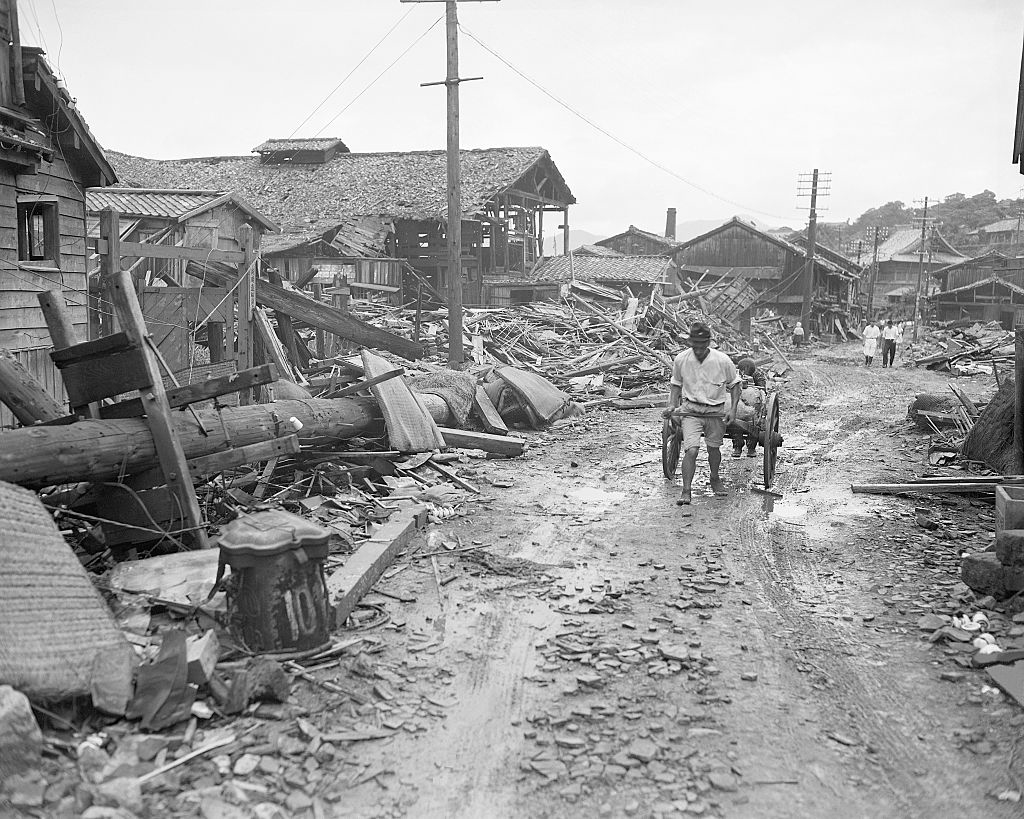
15. Most people are familiar with the "mushroom cloud" photo after the bombings of Hiroshima and Nagasaki. However, several photos of the actual devastation on the ground were taken by Japanese photojournalists, like Yoshito Matsushige. But, according to the New York Times, "Some of their images [were] banned until the American occupation ended in 1952."
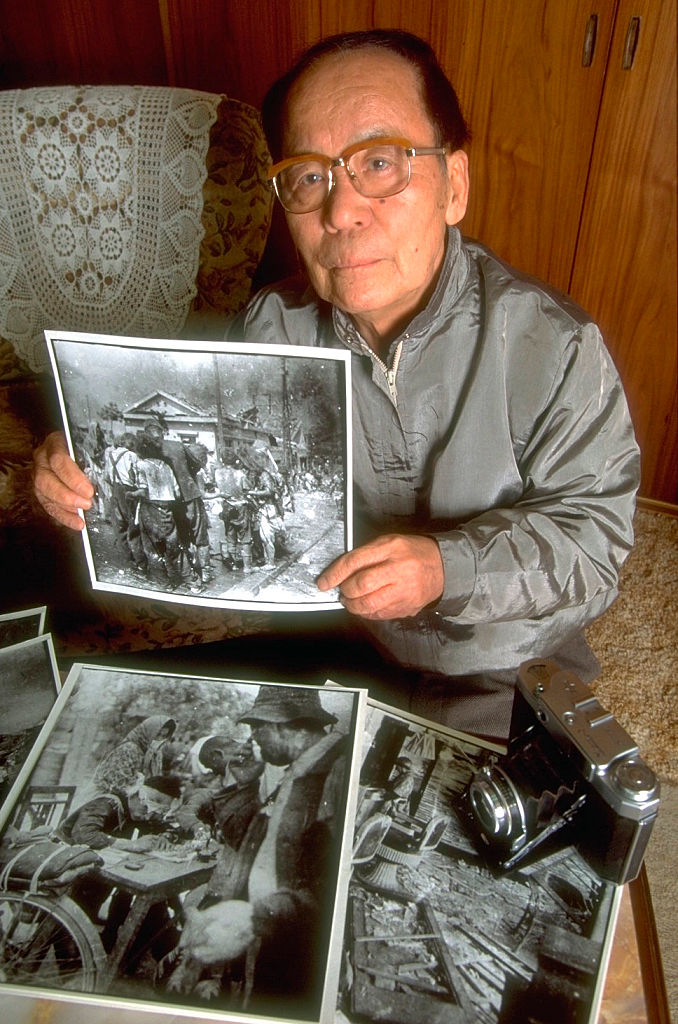
16. Though not mentioned in Oppenheimer, two scientists actually died from radiation poisoning at Los Alamos while performing experiments:
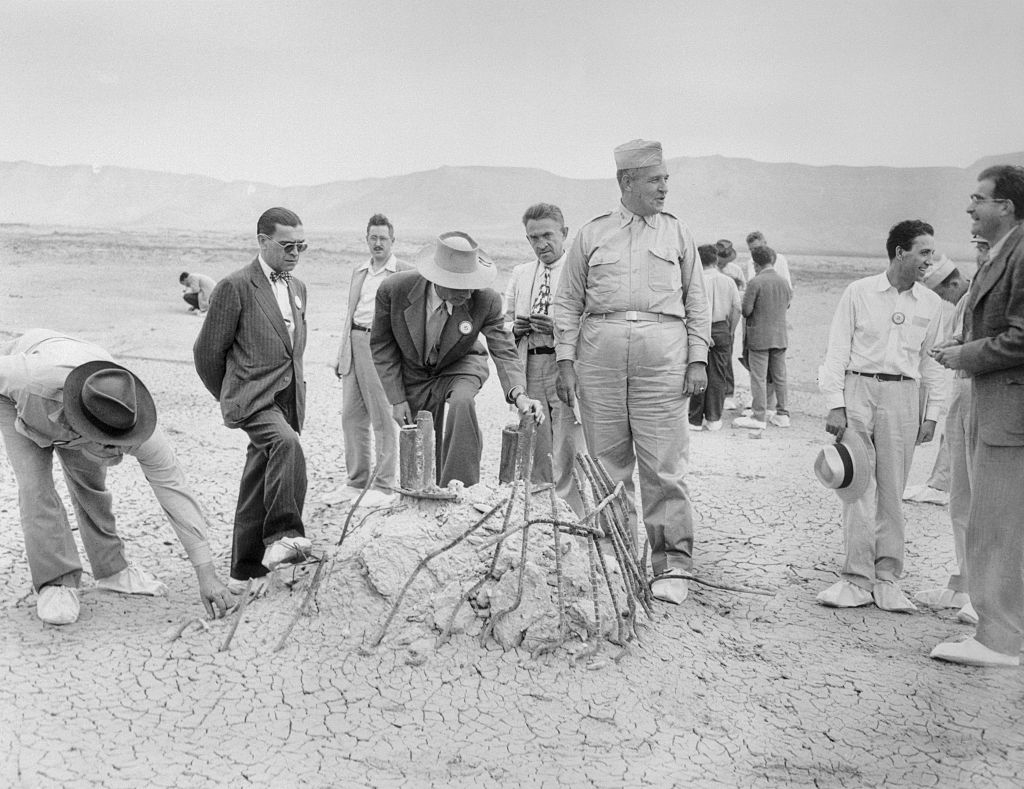
The first was Harry Daghlian who was poisoned after accidentally exposing himself to a lethal dose of radiation.
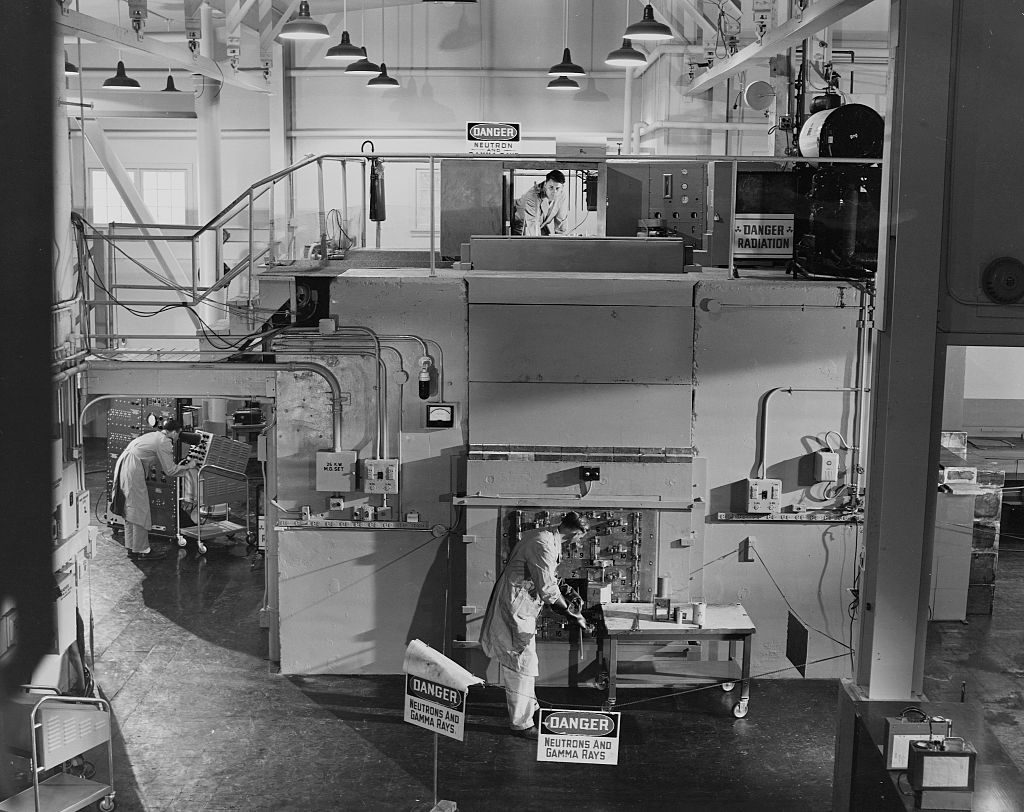
The second person to die at Los Alamos was Louis Slotin, who was demonstrating another criticality experiment when he made a mistake and covered a radioactive sphere to shield his colleagues.
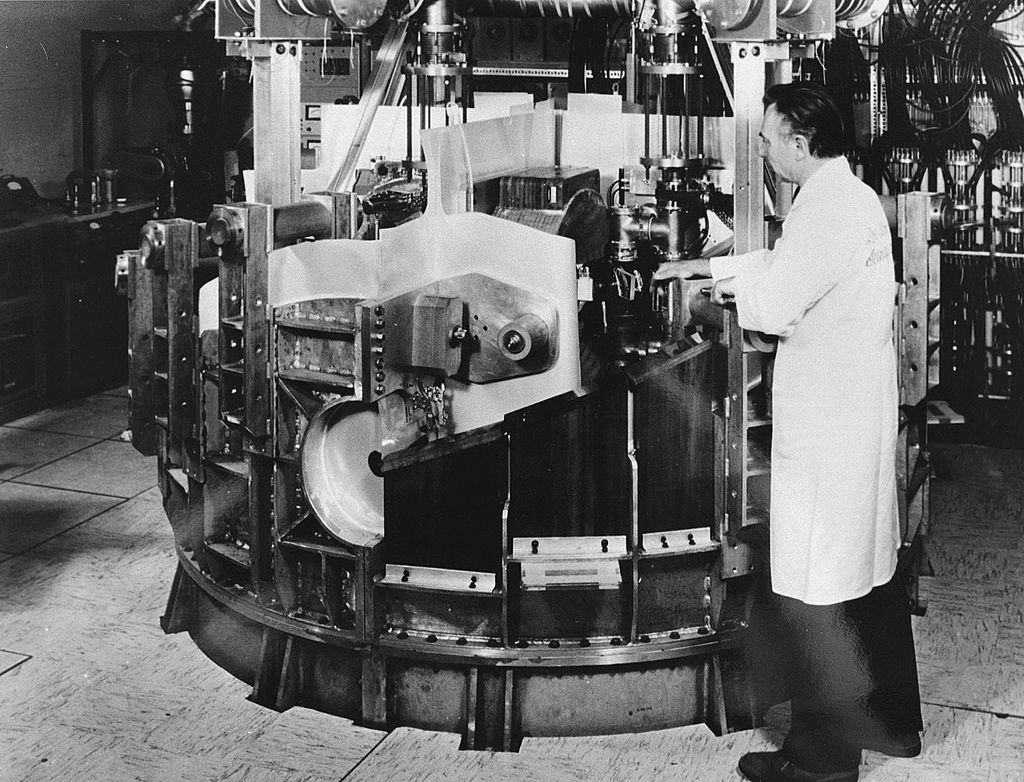
17. Although only two people at Los Alamos died from radiation poisoning during the Manhattan Project, there were actually 24 deaths in total.

18. And there was even an incident that involved a child who died after drowning in a pond at Los Alamos.
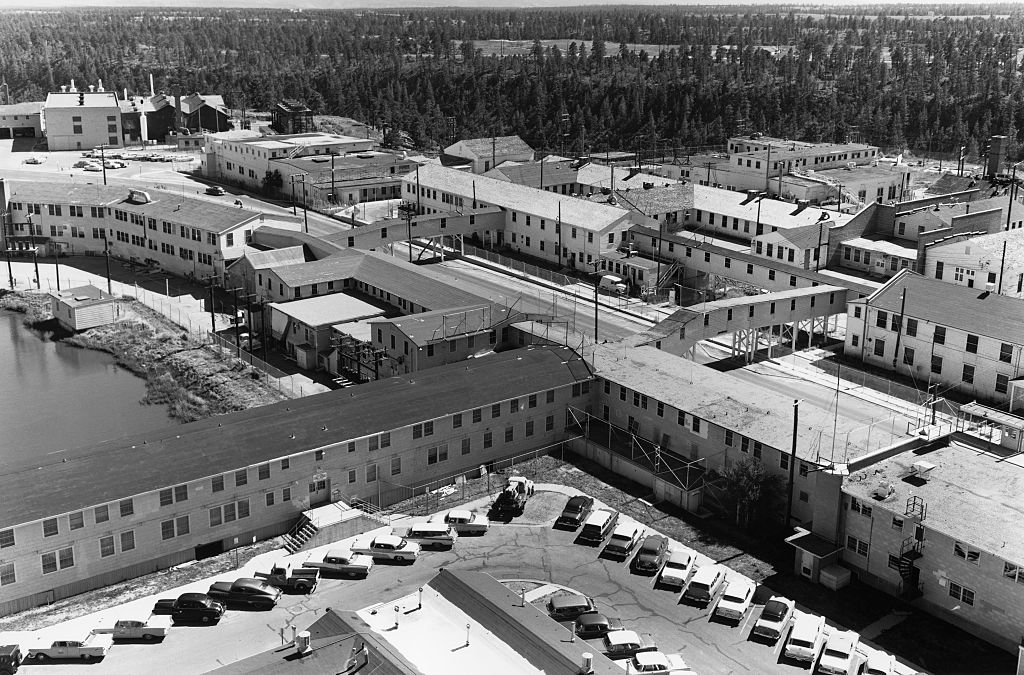
19. The force of the Trinity Test at Los Alamos was so strong that it blew out windows in cities nearby...
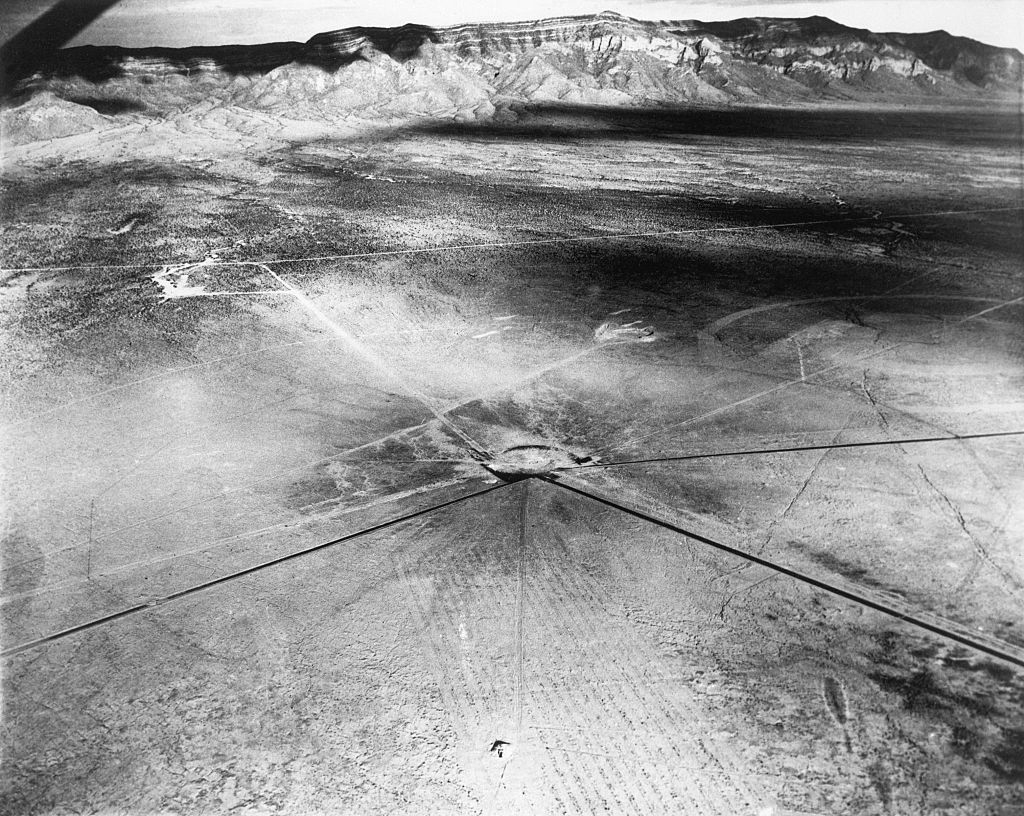
20. ...and the government literally planted a story in a local newspaper, lying about what happened, saying simply that an ammunition magazine had exploded.
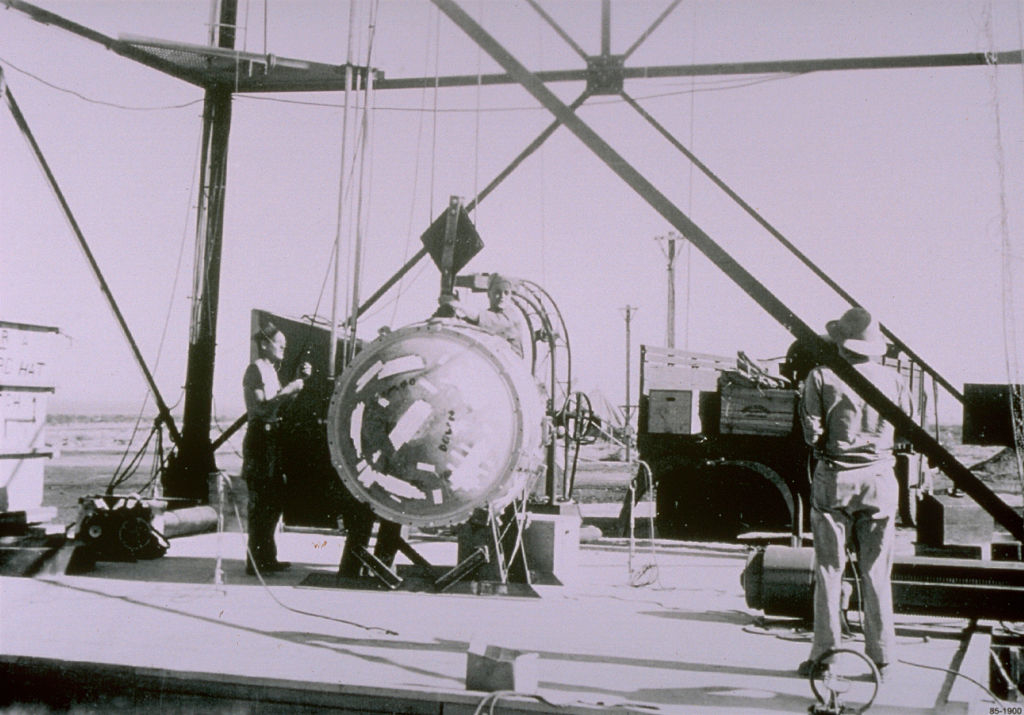
21. However, many people in the surrounding areas of Los Alamos were actually exposed to radiation without even knowing it. And because the Manhattan Project was so secretive, these residents were not warned about the testing.
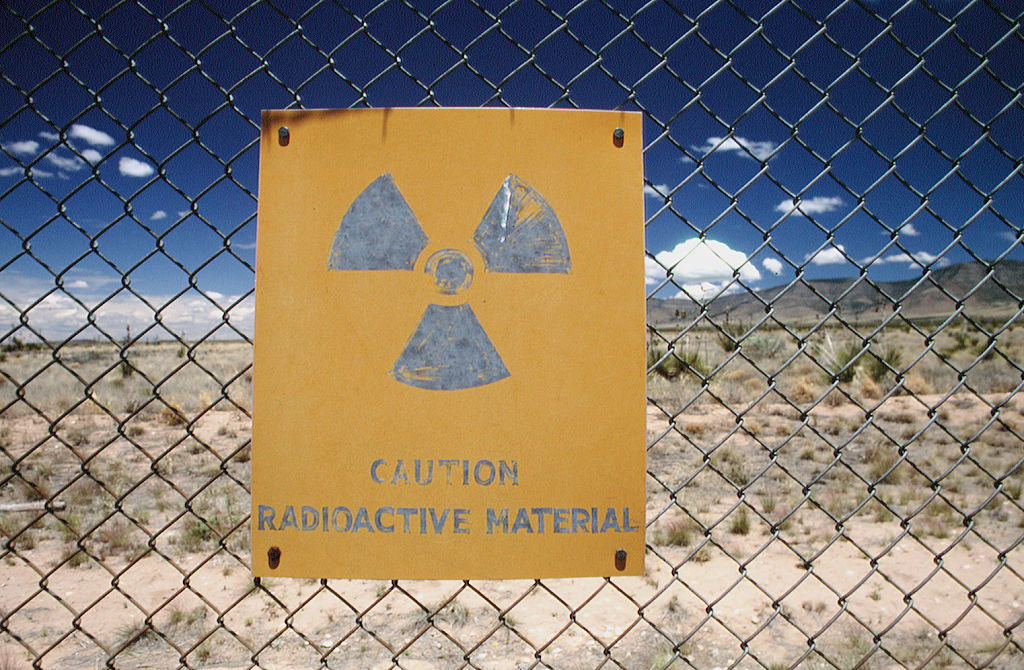
22. Since that time, those same residents and their families have reported that they have been battling rare cancers for generations.

23. Many Native people and Hispanic homesteaders were also forcibly displaced from their land in New Mexico, Tennessee, and Washington by the US government for the Manhattan Project.

24. And, on top of that, they were compensated a fraction of what the white-owned enterprises and homesteaders in the same areas were paid for their land.
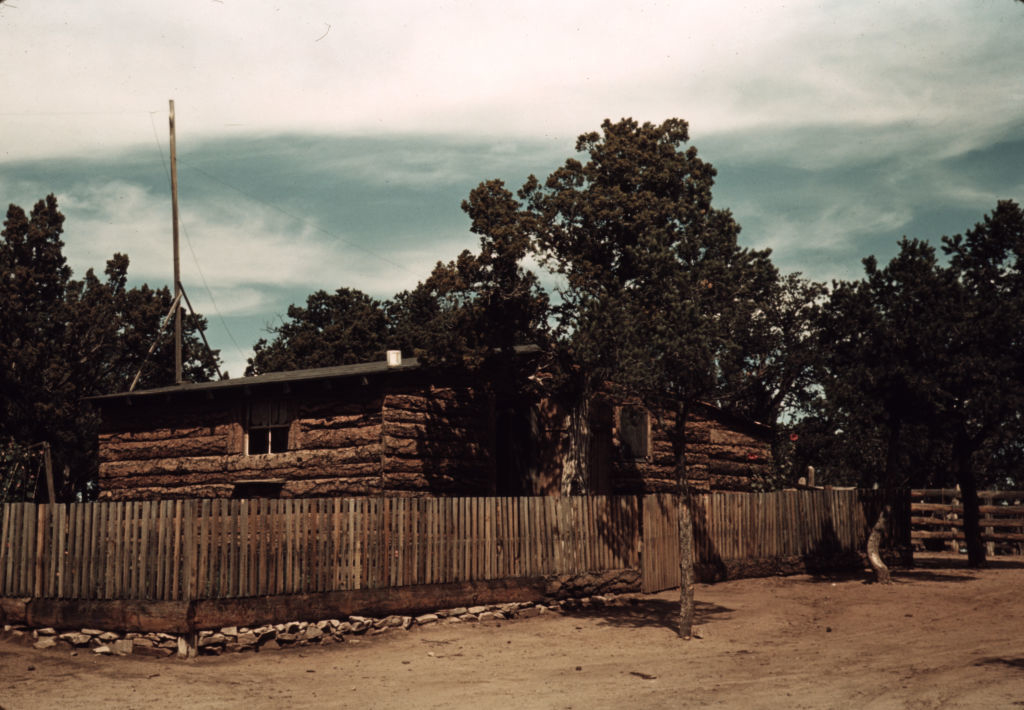
25. And finally, just as the movie showed, Oppenheimer really did try to poison his tutor, Patrick Blackett (played by James D'Arcy in the film), while a student at Cambridge University.
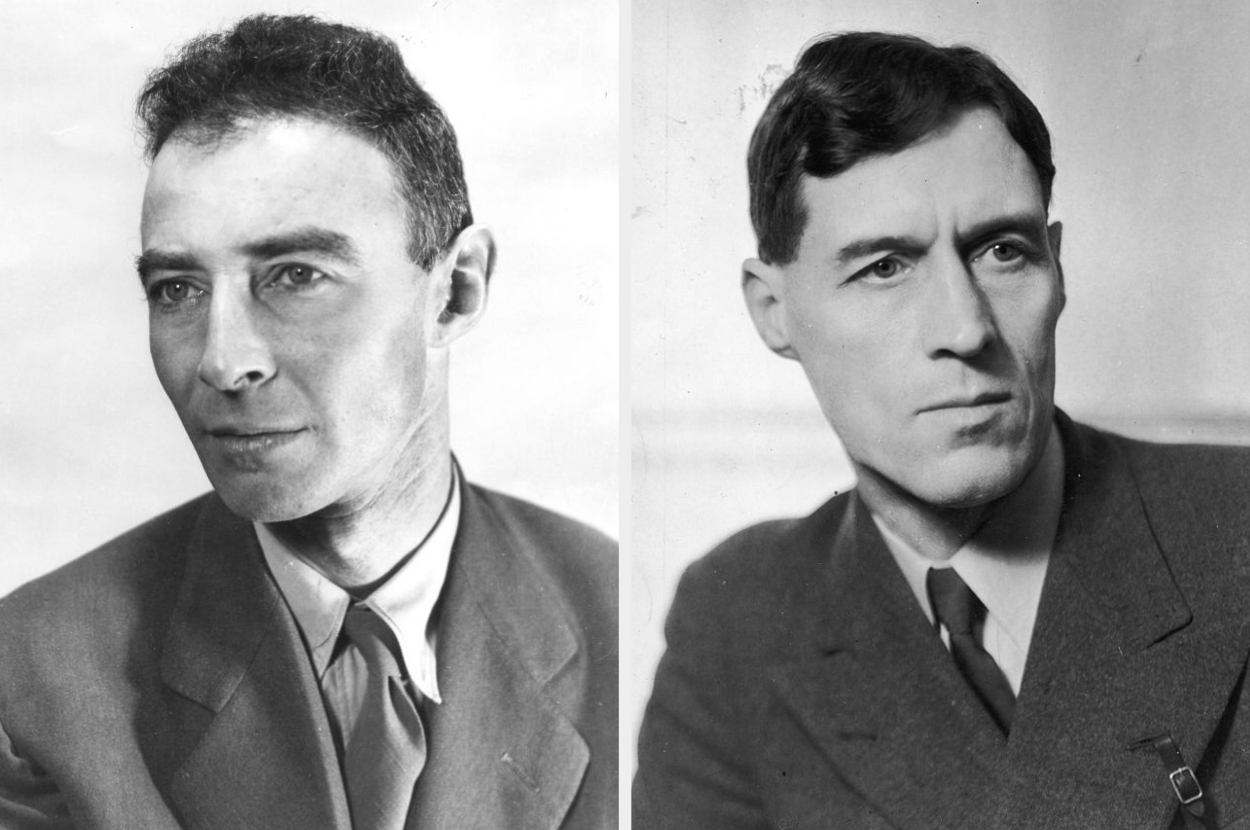
The story goes that Oppenheimer poisoned an apple on Blackett's desk, then left. Blackett never ate the apple, but Oppenheimer's friends reported the incident, and Cambridge University did find out.
The school's administrators wanted to press charges for attempted murder, but Oppenheimer's wealthy father stepped in and managed to talk them out of it. Oppenheimer simply got off with probation.

